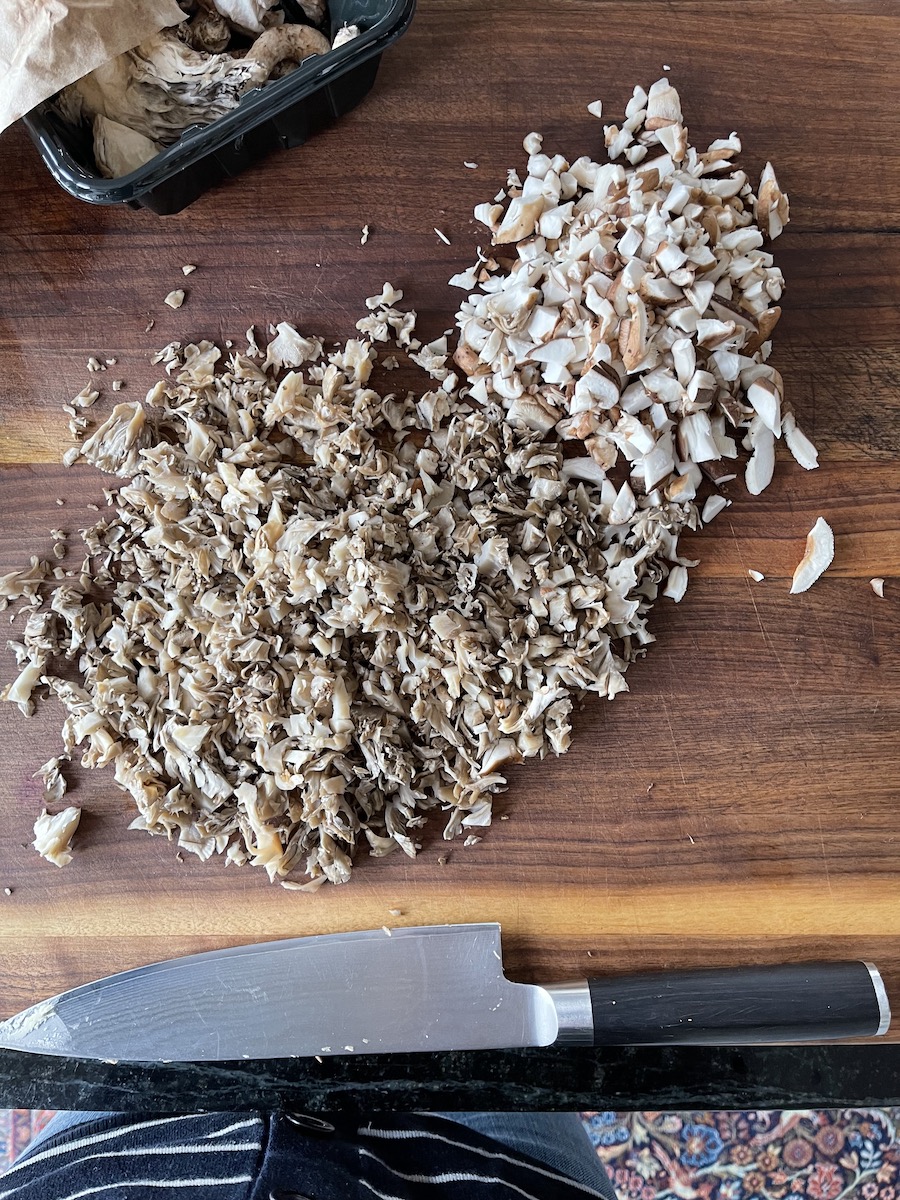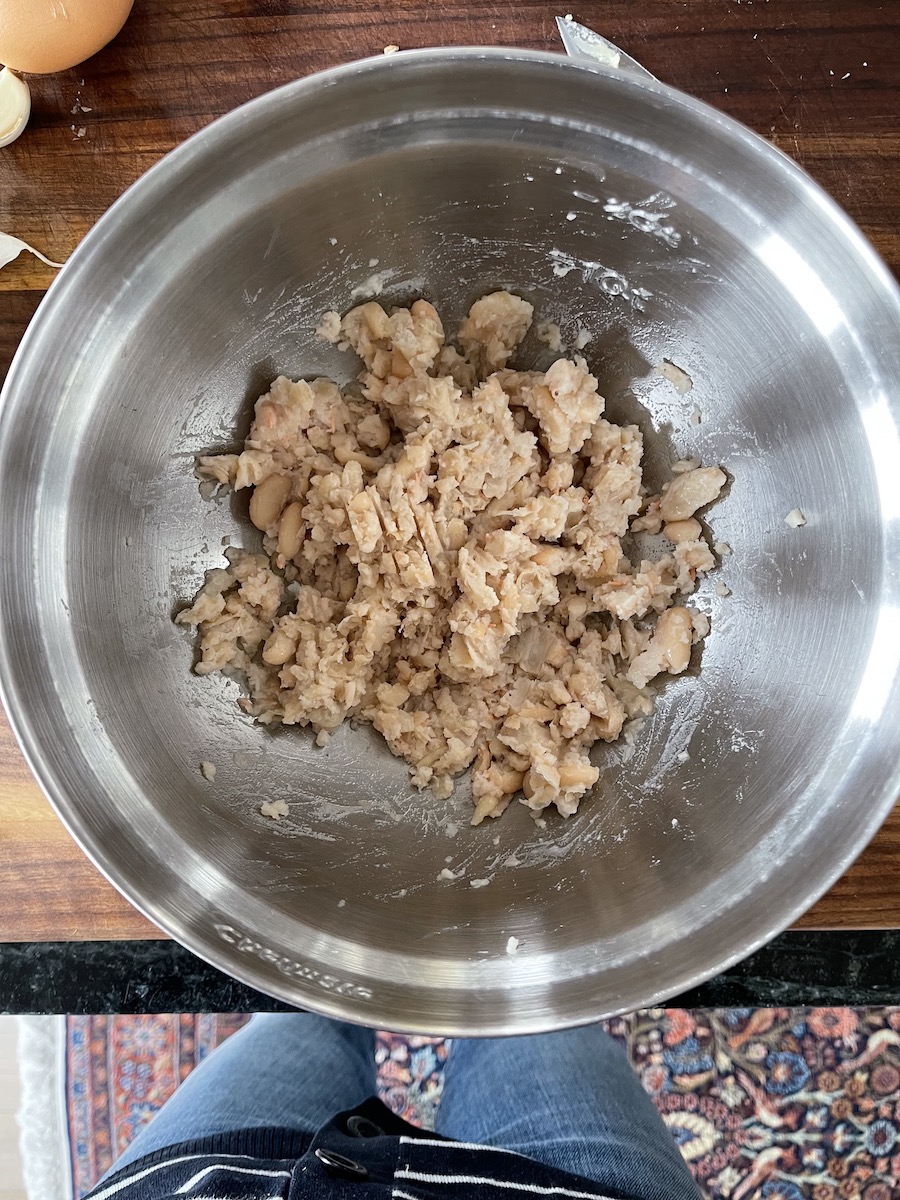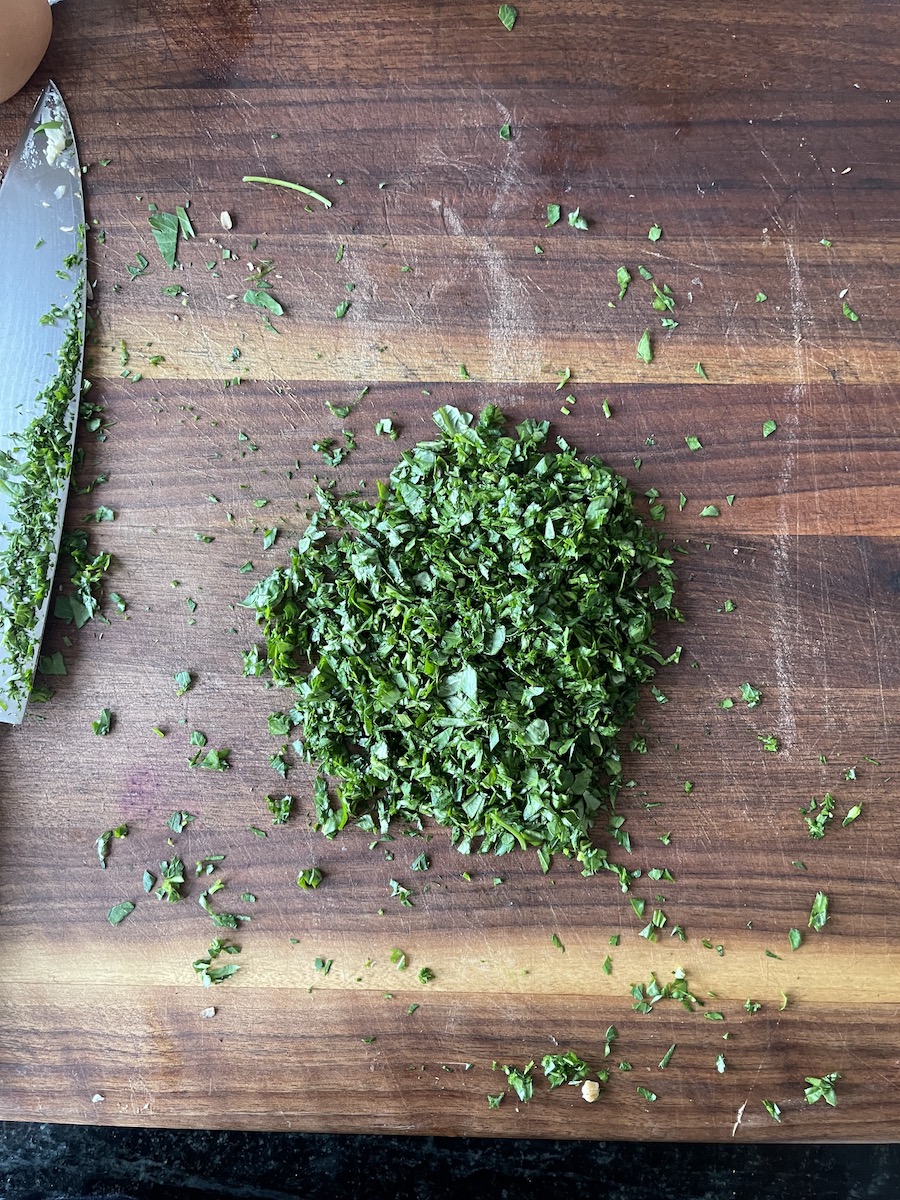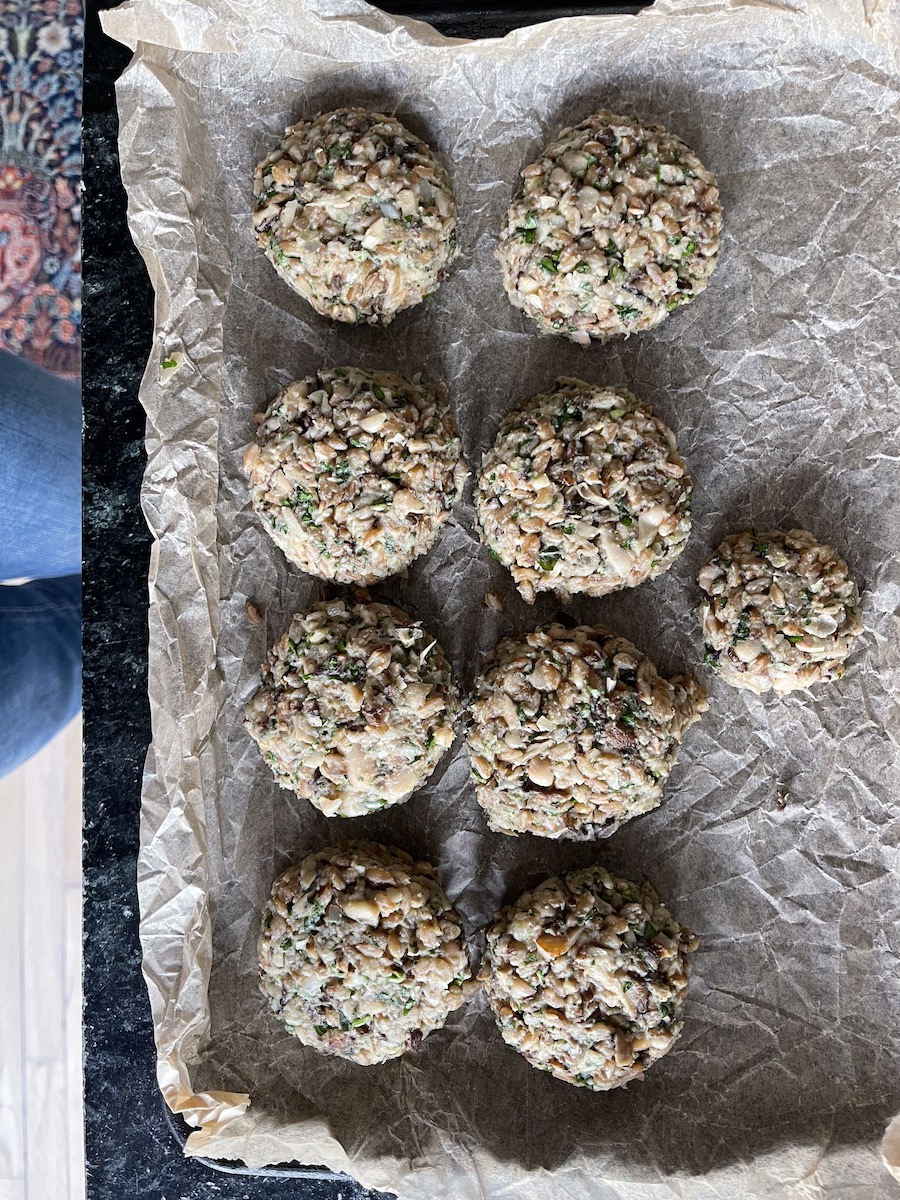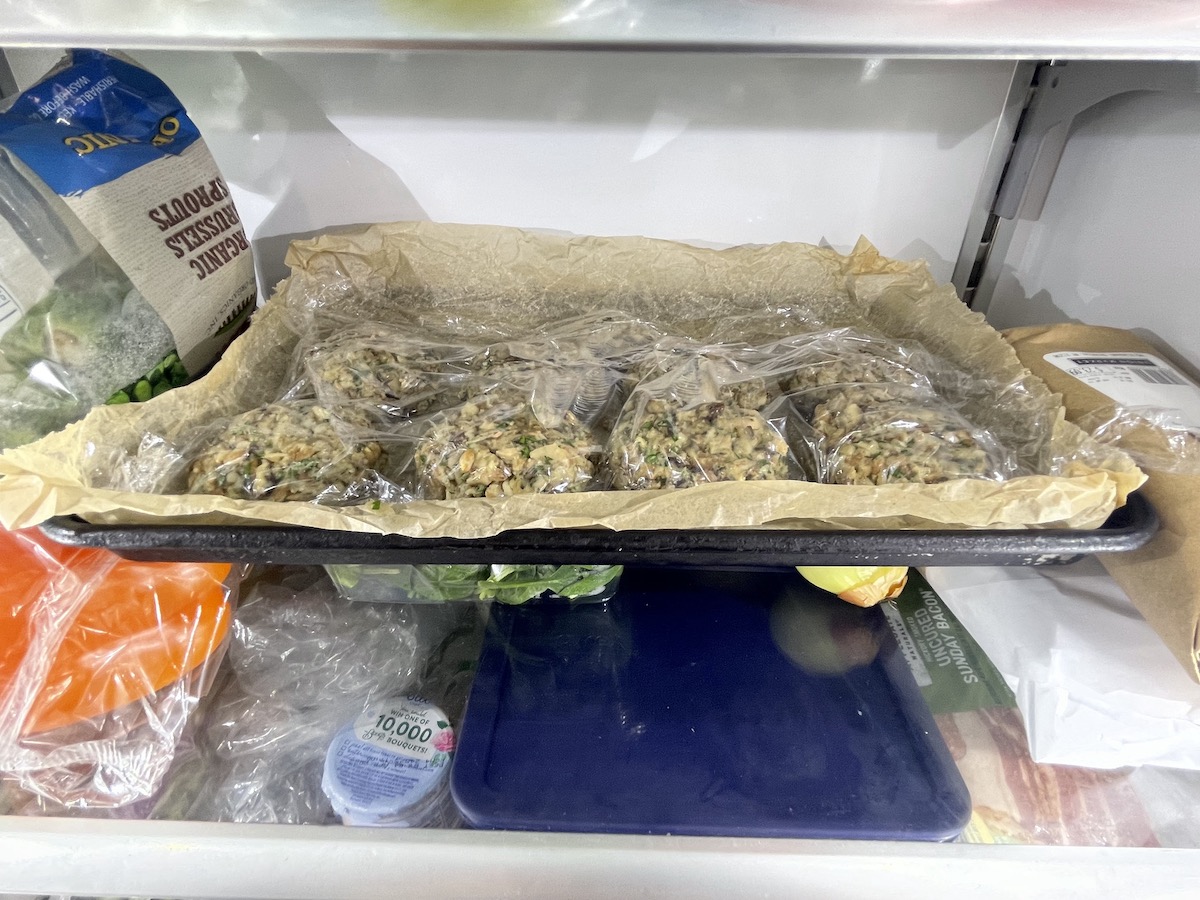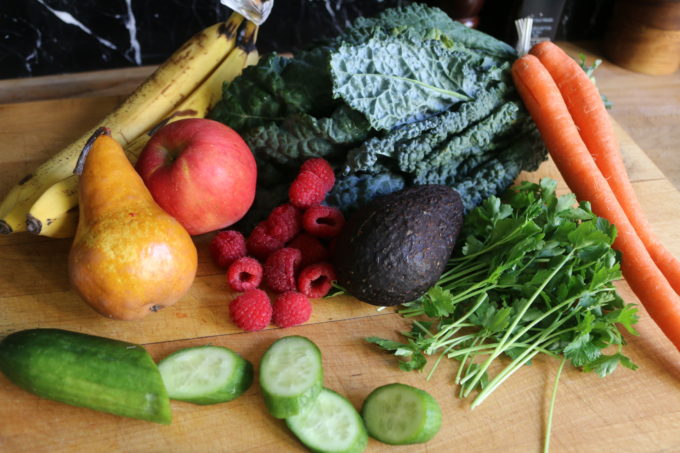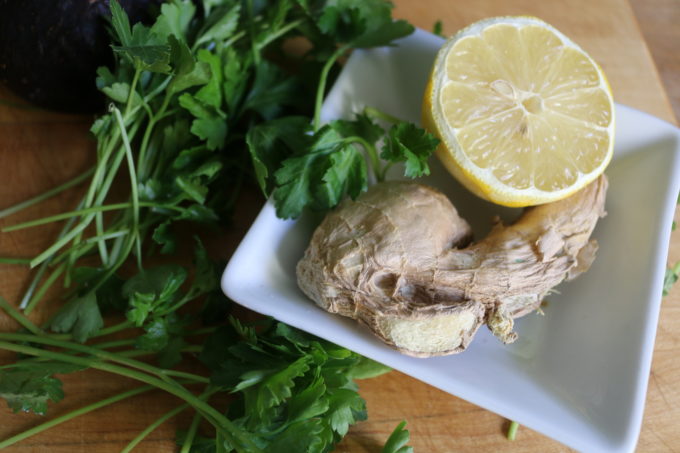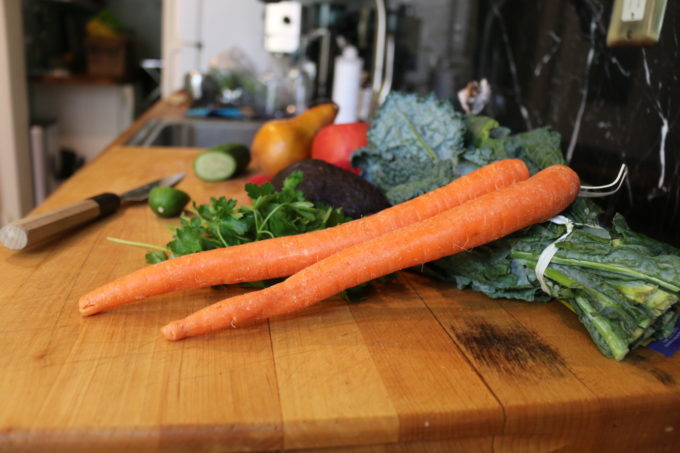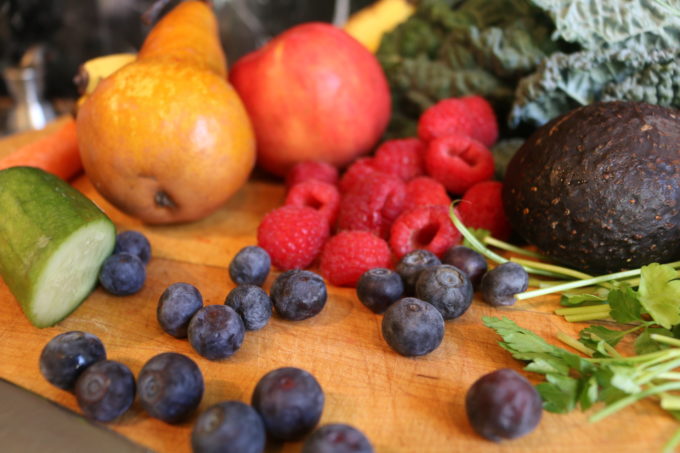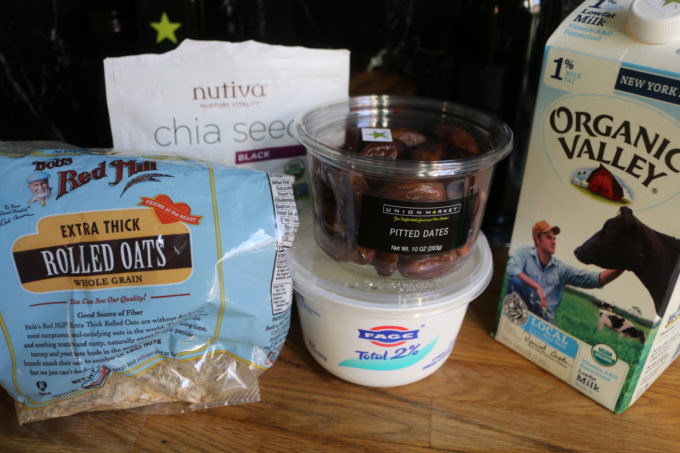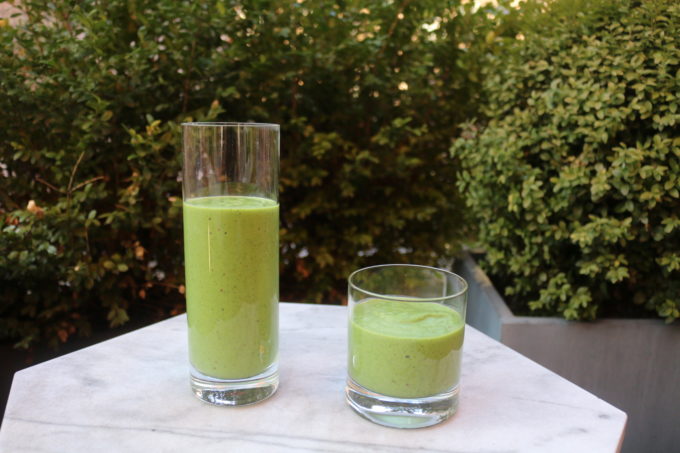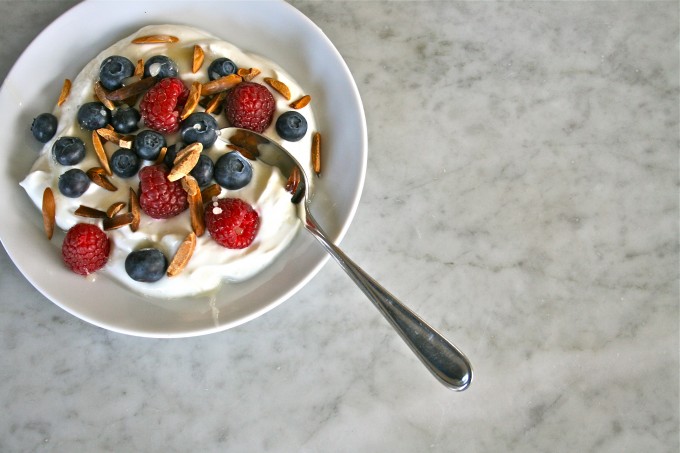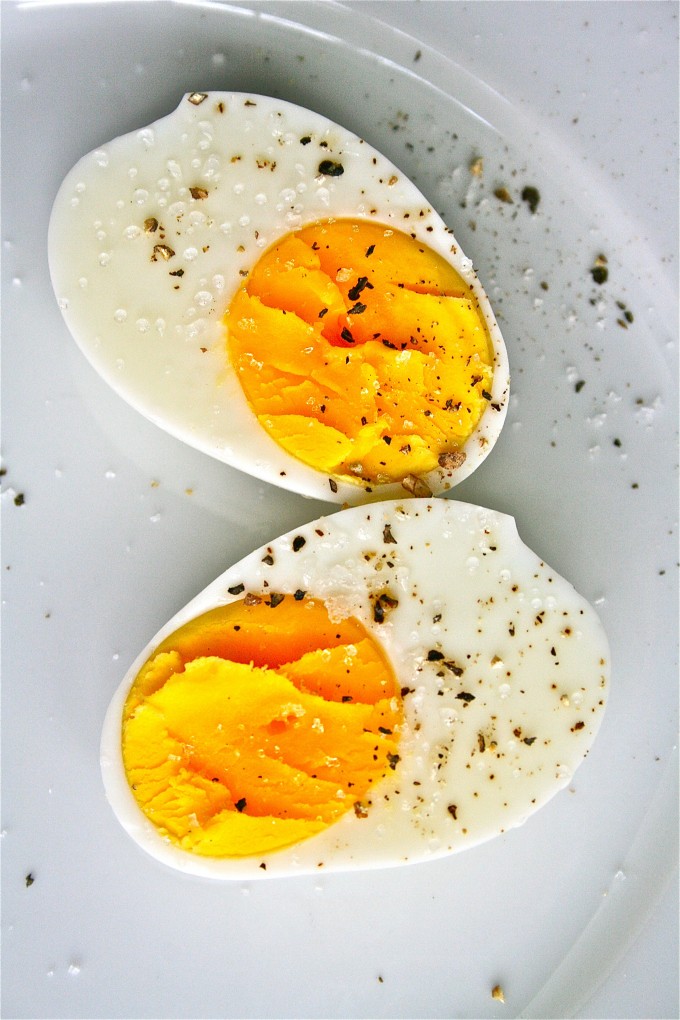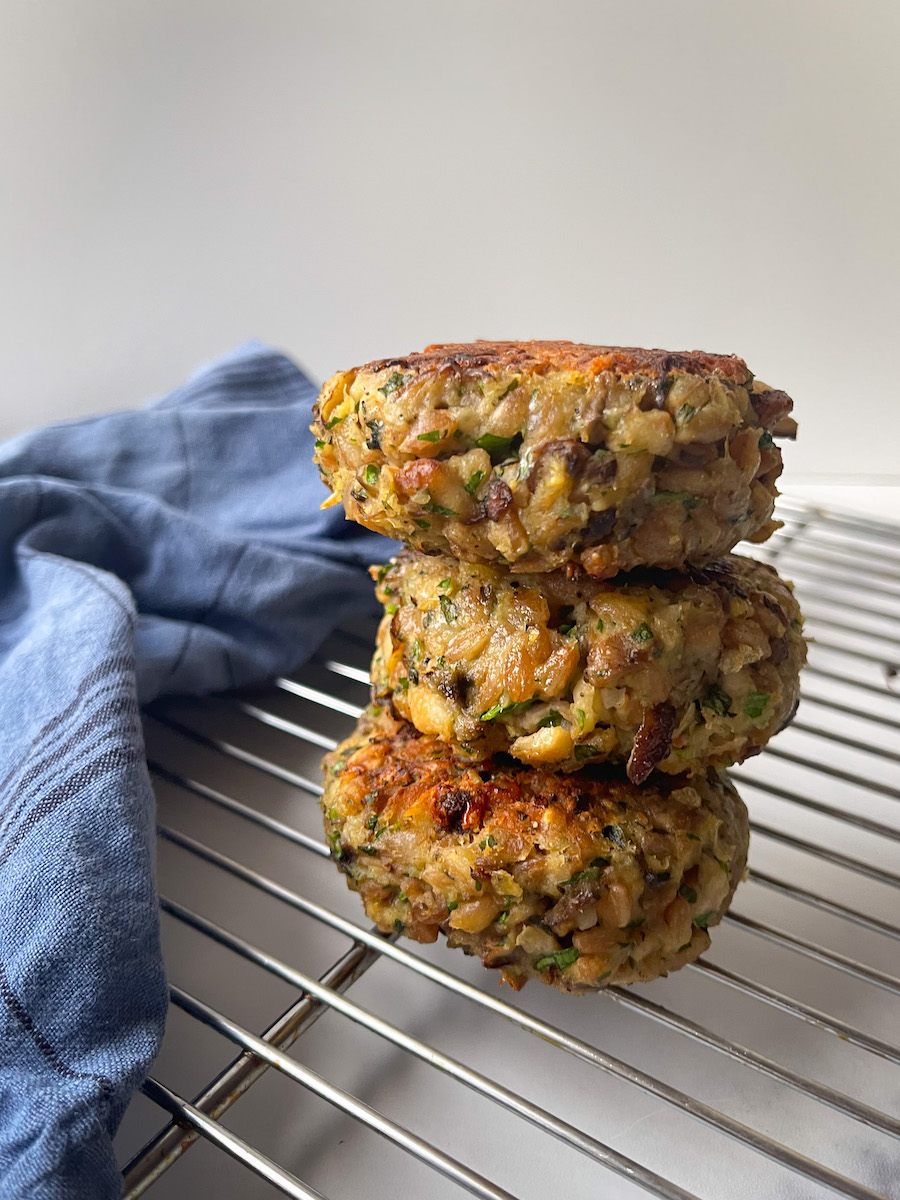 I put a good amount of thought into what to title this recipe and the best I could come up with is… Wild Mushroom and Farro Veggie Patties. Hmmm. What would be better? Veggie burgers? Too hippy-dippy / health food-y. Croquettes? Too dated. So “patties” it is, which I’m guessing still doesn’t have you running to the kitchen.
I put a good amount of thought into what to title this recipe and the best I could come up with is… Wild Mushroom and Farro Veggie Patties. Hmmm. What would be better? Veggie burgers? Too hippy-dippy / health food-y. Croquettes? Too dated. So “patties” it is, which I’m guessing still doesn’t have you running to the kitchen.
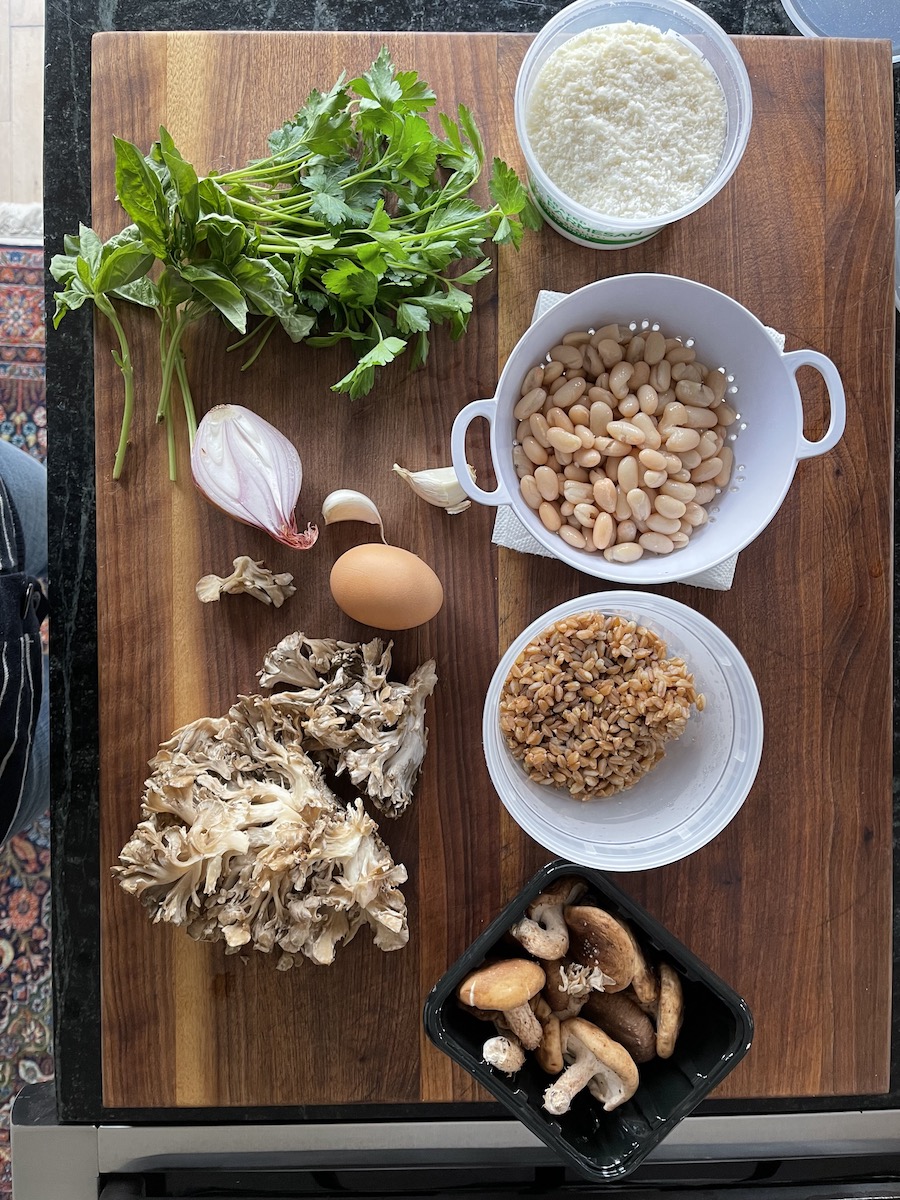
I hope you look beyond what we’re calling these here and see the potential for deliciousness in the recipe – earthy mushrooms and chewy farro bound together with satisfying cannellini beans and amped up with plenty of garlic, shallot, fresh herbs and parmesan.
Serving Suggestions
You could absolutely serve these Wild Mushroom and Farro Veggie Patties as you would a traditional burger, layered between a bun or english muffin with all the fixings. But they are also the perfect vegetarian topper to a hearty salad – something like this caesar-ish kale and roasted broccoli salad or this kale and brussels sprout number – or served simply with a roasted vegetable.
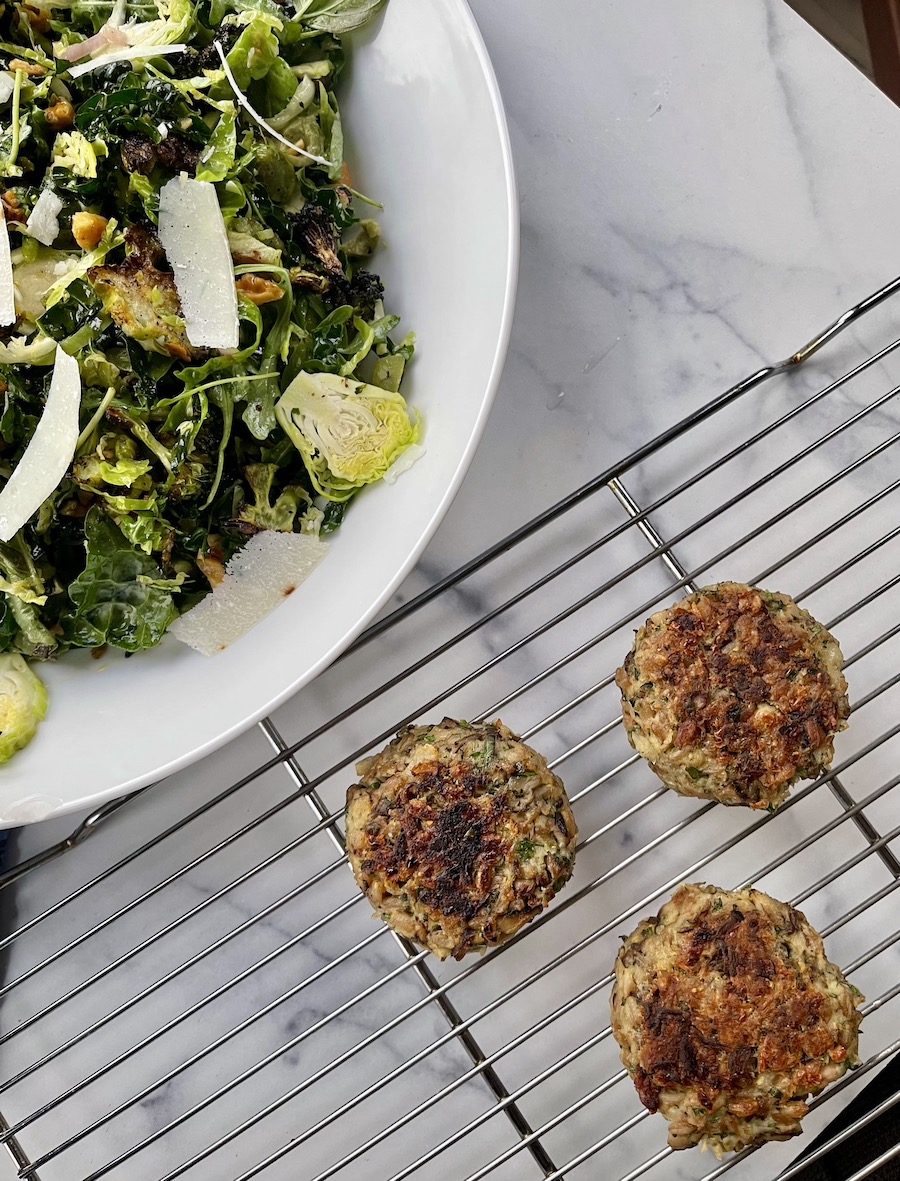
While I haven’t tried it yet, I’m also guessing you could make these vegan by trading the parm for a vegan cheese or nutritional yeast and the egg with a flax egg or aquafaba. If you do that, report back below and let us know how it went.
I hope you enjoy these as much as I do and make this recipe yours. If you do, leave a review, snap a picture and tag me on Instagram @whatweeat.nyc.
Happy cooking!
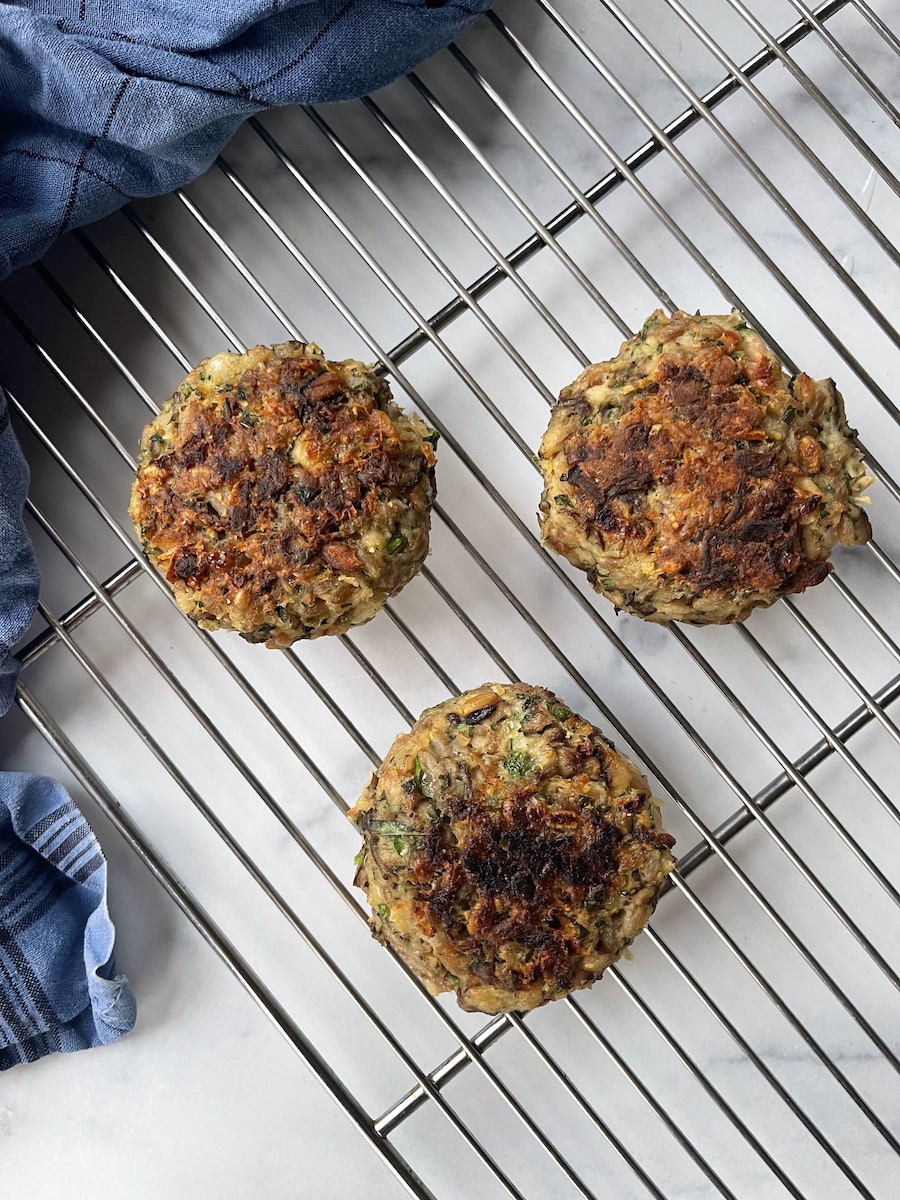
WILD MUSHROOM AND FARRO PATTIES
Ingredients
- 1 Tbsp butter
- 1 Tbsp olive oil (plus more for cooking patties)
- 3 cups finely chopped mushrooms, ~1 lb (use the best you can get your hands on – I used a combination of maitake and shiitake)
- 1 medium shallot, minced (~3 tbsp)
- 2 garlic cloves, minced (~2 tsp)
- 1 14-16 oz can cannellini beans, drained
- 2 cups cooked farro (equivalent to generous cup uncooked farro)
- 1 packed cup fresh herbs, finely chopped resulting in ~1/3 cup (I used parsley and basil)
- 1/3 cup finely grated parm
- 1 egg
- Kosher salt and black pepper to taste (you’ll probably need around 1 tsp salt)
Method
- Melt the butter and oil in a saute pan over medium-high heat and add the finely chopped mushrooms. Stir so the mushrooms are evenly coated with the fat then leave undisturbed until mushrooms begin to release their liquid, then begin to brown on their undersides, ~5 minutes. Give a good stir, then leave alone to continue browning on second side, ~5 minutes more. Finely, add in the minced shallot and garlic and season generously with salt and freshly ground black pepper. Saute for another ~3 minutes to take the raw edge off of the shallot and garlic. Remove from heat and cool slightly.
- Meanwhile, roughly mash the drained cannellini beans in the bottom of the mixing bowl. Most of the beans should be broken up, almost like very roughly mashed potatoes (see picture above). Add in the cooked farro, chopped herbs, parmesan, cooled mushroom mixture and 1/2 tsp kosher salt. Mix thoroughly then taste for seasoning. Adjust with more salt and black pepper if necessary.
- Once you are happy with the taste, crack in the egg and work it into the mix with your hands. The mixture should hold together relatively well when shaped into a ball.
- Shape into 8-9 patties, each with ~1/3 cup of the mixture. I used a measuring cup to help me portion these. Place on plate or sheet pan, cover snugly with saran wrap and refrigerate for at least an hour so that the mixture has time to hydrate. This help them hold together when frying.
- To cook: Return cleaned skillet to stovetop over medium heat and coat bottom with olive oil. Cook the patties for ~4-6 minutes a side until nicely golden.
- Enjoy!
Serves 4 (each person having 2 patties)
